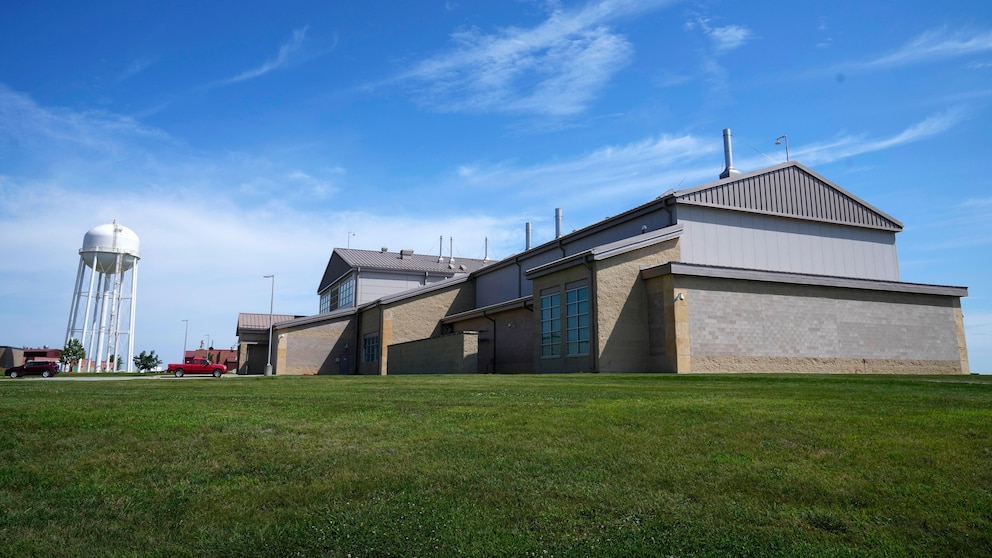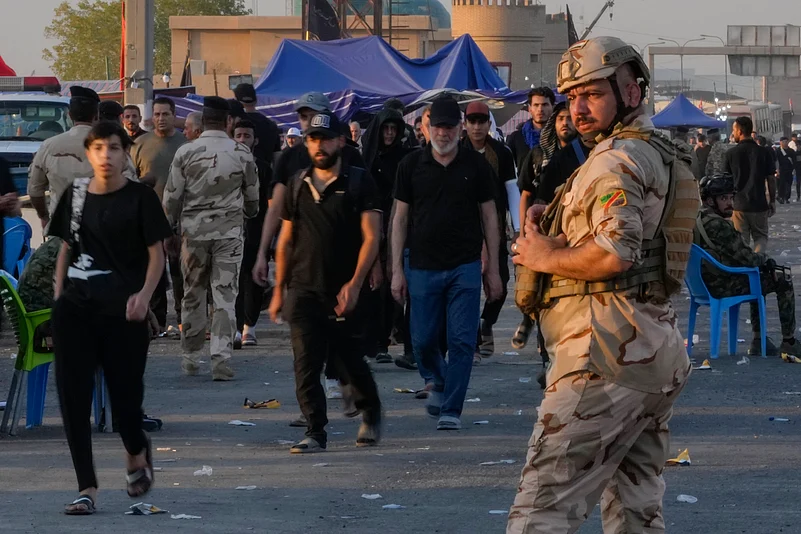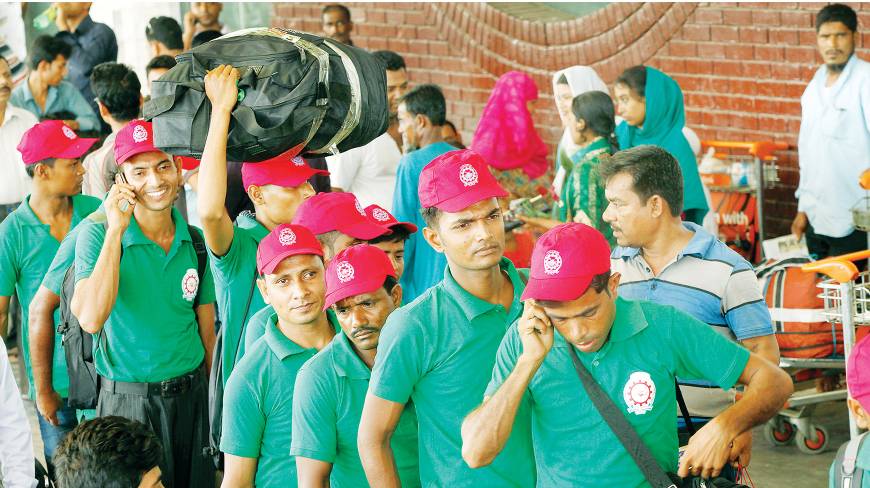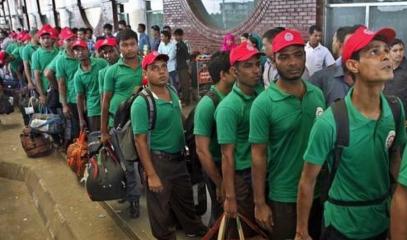The war in Ukraine is creating a new middle class in Russia. Soaring incomes, plenty of jobs for anyone that wants them, and huge amounts of government investment into some of Russia’s poorest regions where most of the defence industry have its factories has done more to undo Russia’s legendary income inequality than all of the government’s programmes over the last three decades of independence.
A report commissioned by Defence Minister Andrei Belousov by the Centre for Macroeconomic Analysis and Short-Term Forecasting (CMASF), identified rapid changes to the make-up of Russia’s society over the last two years, since Russia’s invasion of Ukraine.
Russia's labour market is experiencing what analysts describe as an unusual trend: living standards are rising across all social groups, albeit unevenly, The Bell, citing the study, reports. Ironically, the war has been good for Russia and sanctions and a showdown with the US have made it stronger.
The findings tally with other studies that highlighted Russia’s poorest regions have been the biggest winners from the war. During the Cold War many of Russia’s defence factories were moved to smaller towns deep in the hinterland for national security reasons. These same towns were the worst victims of the end of the arms race with the Western world in 1991, when the Soviet Union collapsed, and their factories idled and wages stopped. But now floods of state spending have been channelled to Russia's interior and the factories are working three shifts 24/7. Military recruitment has created a chronic labour shortage which has also sent wages spiking.
Despite high inflation that touched 9% in July, nominal wages have been rising even faster, according to the Central Bank of Russia (CBR) latest macroeconomic survey leading to record high real disposable incomes up by 9.6% in July – beating the record set in 2013 -- that is fuelling a consumption boom.
Behind the change Putinomics has been stood on its head: for the last two decades the Kremlin has effectively run an austerity budget, curtailing investment, hoarding cash to build up a $600bn war chest and paying down its external debt to a level that is a fraction of that of any other major economy in the world.
CMASF found a significant reduction in poverty, as detailed in bne IntelliNews latest despair index survey, with the share of people living below the poverty line falling from 13.5% in 2016 to 8.5% in 2023 – significantly less than almost all EU countries.
At the same time, the proportion of individuals earning over RUB100,000 ($1,100) per month, the average wage for a Siberian bus driver, has doubled from 5.7% in 2021 to 10% in 2023.
By mid-2024, 4–5% of Russians reported having no financial difficulties at all, allowing them to afford any expenses, including property purchases—a notable increase from just 1–2% in 2017, says CMASF.
Big money in poor regions
Moscow has become a party town since the war started. The area around Patriarchy Prudi, the fashionable square in the heart of the capital, has always been home to some of Moscow’s most exclusive restaurants, and is buzzing at the weekend with bars and artisanal eateries.
Muscovites are enjoying the long summer days, sipping cocktails and strolling by the pond in the warm weather, where the opening scene of Mikhail Bulgakov’s classic novel The Master and Margarita is set.
This correspondent asked a friend, a resident in Moscow, who says he opposes the war in Ukraine, why he doesn’t leave.
“I don’t know where to go if I did,” he replied. “We thought about Berlin, Paris or Amsterdam, but what stops me is we don’t want to take a step down from the quality of life of living in Moscow at the moment.”
Life in Russia’s far-flung regions is very different, but for the poorest segments of the population, the war has become a social elevator. A contract with the Ministry of Defence offers a monthly salary starting at RUB200,000 ($2,200) for ordinary soldiers, along with a one-time payment that can reach nearly RUB2mn, enough to buy a nice car, depending on the region.
Recently the recruitment rate has begun to slow and Bloomberg reports that regional authorities are only filling two thirds of their quotas. So, to boost the numbers, in July Russian President Vladimir Putin ordered a hefty increase to federal sign-up bonuses of RUB400,000.
By August, the regions followed suit, but once again the bulk of the payments are being made in the very poorest regions, which is also where most of the volunteers come from, a study of rising retail banking deposits showed – banks in the poorest regions were seeing the fastest growth in deposit accounts as soldiers send their pay home.
Desperate to keep the flow of soldiers into Russia’s Donbas meatgrinder steady, 47 Russian regions increased payments for concluding a contract with the Ministry of Defence in August.
Putin raised the federal payment and recommended that regions also pay new contract soldiers at least RUB400,000 each, Important Stories reported. But many regions pay far more than this. In August the one-time regional payment averaged RUB596, a 3.6-fold increase in less than eight months and up from RUB168,000 at the end of 2023.
And in 15 regions, the combined federal and regional payments have reached a million rubles or more. The highest regional payments are in Moscow (RUB1.9mn) and St Petersburg (RUB1.7mn).
These are huge amounts of money compared to the local average salaries. While incomes in the twin capitals of Moscow and St Petersburg are much higher than the regions, the sign up bonuses are tempting but not spectacular, in the poorer regions the bonuses are life-changing. The regional budget payments are mostly several times higher than the average monthly income of local residents. The biggest difference is in Karachay-Cherkessia, an ethnic republic in the impoverished Caucasus on the border with Georgia where the regional payment is RUB1.6mn, or a whopping 68-times higher than the average income of RUB23,400 ($280) per month.
Skilled workers get top pay
The big payouts in poor regions has brought fresh recruits to the army, but for those with “in-demand” skills the pay can be even more attractive; an engineer or technician can typically double their civilian job salary or more.
The Ministry of Defence needs every kind of worker. While a simple private from Dagestan will be sent to the frontline as cannon fodder, a bus driver from Irkutsk or a construction worker can find themselves working on a construction site in Mariupol rebuilding the city that was destroyed during the siege last year. The reconstruction work in the captured and annexed region is all under purview of the Ministry of Defence.
Workers from sectors like IT, engineering, and chemical industries are in even higher demand. Labour shortages are forcing companies to compete for workers, a trend that began during the pandemic and intensified with the onset of the war and the expansion of sanctions. Since the start of the war, more than 500,000 Russians have entered the defence sector, where average salaries have risen by 20–60%.
"In 2023, Russians' incomes grew from various sources, but in the first half of 2024, this growth was primarily driven by wages, which increased by 7.4%, with 7 percentage points attributed to wage growth," the CMASF report says.
Some experts have cautioned against prematurely classifying "special military operation" participants as part of the middle class.
"One of the essential criteria for being middle class is human capital, which is the main source of income for its members," The Bell noted. “It is difficult to imagine that military personnel and defence industry workers will invest their increased salaries in education or professional development.”
Russia's original post-Soviet middle class emerged in the noughties after the chaos of the Yeltsin-era receded. Putin’s gift to Russia was his fear of social unrest as the salary gap between the private and public sector rapidly widened – and half the population are so-called budzhetniki, or in jobs that are paid for from the budget. So, the Kremlin began to raise public sector salaries by some 10% a year and kept that up for a decade. Russia’s lives have always been rubbish but these pay rises were transformational. The new middle class threw themselves into the plethora of professional jobs that appeared as a result.
That is not happening this time. it appears that most of these war middle class, flush with cash, have just chosen to go shopping or buy a new car. The retail trade turnover in Russia shot up by 8.8% y/y during the first six months of 2024 to RUB25.8 trillion ($299.3bn) in comparable prices, according to Rosstat. The volume of car loans hit an all-time high in July and the automotive sector has completely recovered all the ground lost since the start of the war as Russian car sales this July were higher than in July 2021, the last July with normal pre-war sales.
Will it last? The growth of war-established middle classes may only be a temporary phenomena. The CBR issued a very pessimistic medium-term macroeconomic outlook on August 21 that predicts even stronger growth for this year of up to 4%, after the 3.6% expansion last year, but for the economy to hit a brick wall in 2025. Crushingly high interest rates, the lack of new capacity, curbed military spending and a shortage of technology will start to take their toll as the Keynesianism boost wears off. Consumption growth in particular is expected to come to a standstill as the economy cools and all the forces that have been driving the military spending bump are exhausted.













